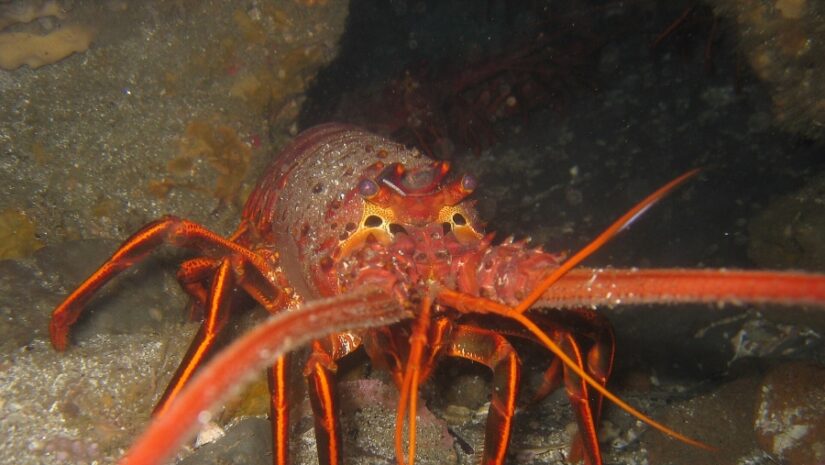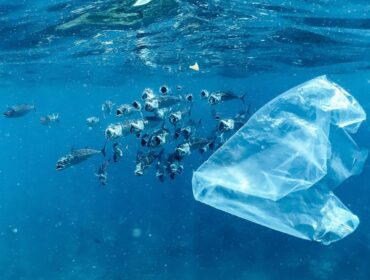Beyond the scrumptious lobsters served on our plates when dining, there’s a new, exciting adventure that hides underwater — spiny lobsters season invites divers to bask in a fun experience of swimming and recreation with our crustacean friends.
‘Tis the season!
The 2025 California Spiny Lobster Season opens on September 26 until March 18, 2026. A valid license is required for all anglers 16 and older, as well as Spiny Lobster Report Card. This is an annual event that freedivers and scuba divers swarm the coasts of California to swim with and hunt the California spiny lobster.
Divers swim in rocky areas, reefs, and kelp beds along the mainland coast, as well as jetties, eelgrass beds, and channel islands where these lobsters stay.
About the California Spiny Lobster
The California spiny lobster (Panulirus interruptus) is a clawless species native to the West Coast of North America, thriving from California to Magdalena Bay in Baja California. Typically, it grows up to 12 inches long, displaying a mahogany body with striped legs. Moreover, its long antennae, clawless pinchers, and distinct tail grooves make it instantly recognizable.
This lobster plays a vital role in sustaining coastal ecosystems, especially in preserving kelp forests and rocky reefs. Therefore, managers carefully time the season to protect breeding, growth, and molting cycles while preventing overfishing.

Harvesting rules and regulations
These rules and regulations are authored by California Department of Fish and Wildlife (CDFW) based on a Fishery Management Plan (FMP). To alleviate overharvesting, divers are restricted to a daily bag limit of seven lobsters per person, with a size limit of 3 ¼ inches (measured midline from rear of eye socket to rear of carapace). There are also gear restrictions and tules, as well as reporting requirements, and Marine Protected Areas (MPAs) and additional local closures may apply.
Tips and techniques
- Secure fishing license, lobster card, gears, lobster gauge, and bag — these are all necessary for smooth harvesting.
- Plan out dive techniques and strategies. Ensure you are fit, not distracted, and free from possible errors.
- Learn how to measure carapace length: from the rear of the eye socket to rear of the carapace, to avoid law complications.
- Make a checklist of requirements such as permits, licences, and prerequisites.
- Comply with net inspections, buoy markings, and maintenance.
- ALWAYS consider safety operations — diving safety, navigation, and handling.
- Familiarize and know ethical harvesting. Select the right lobsters, return undersize or egg-bearing females. Responsibility is tantamount to sustainability.
- Fill out and submit a Spiny Lobster Report Card. Reporting matters for stock assessment and management.
- Avoid common pitfalls: undersized lobsters, over bag limit, and unmarked nets.
The annual Spiny Lobster Season in California is a fun, immersive way of enjoying times with lobsters not only on your plates but in their natural habitats. Six months of ethical harvesting is a great way to view diving in a different perspective — one where we do not only appreciate the pulchritude of the ocean but be in that beauty.
After all, humans play a vital role in maintaining the balance of our ecosystem. Harvest responsibly, care for our waters, and in return, they will reciprocate the kindness we show.




